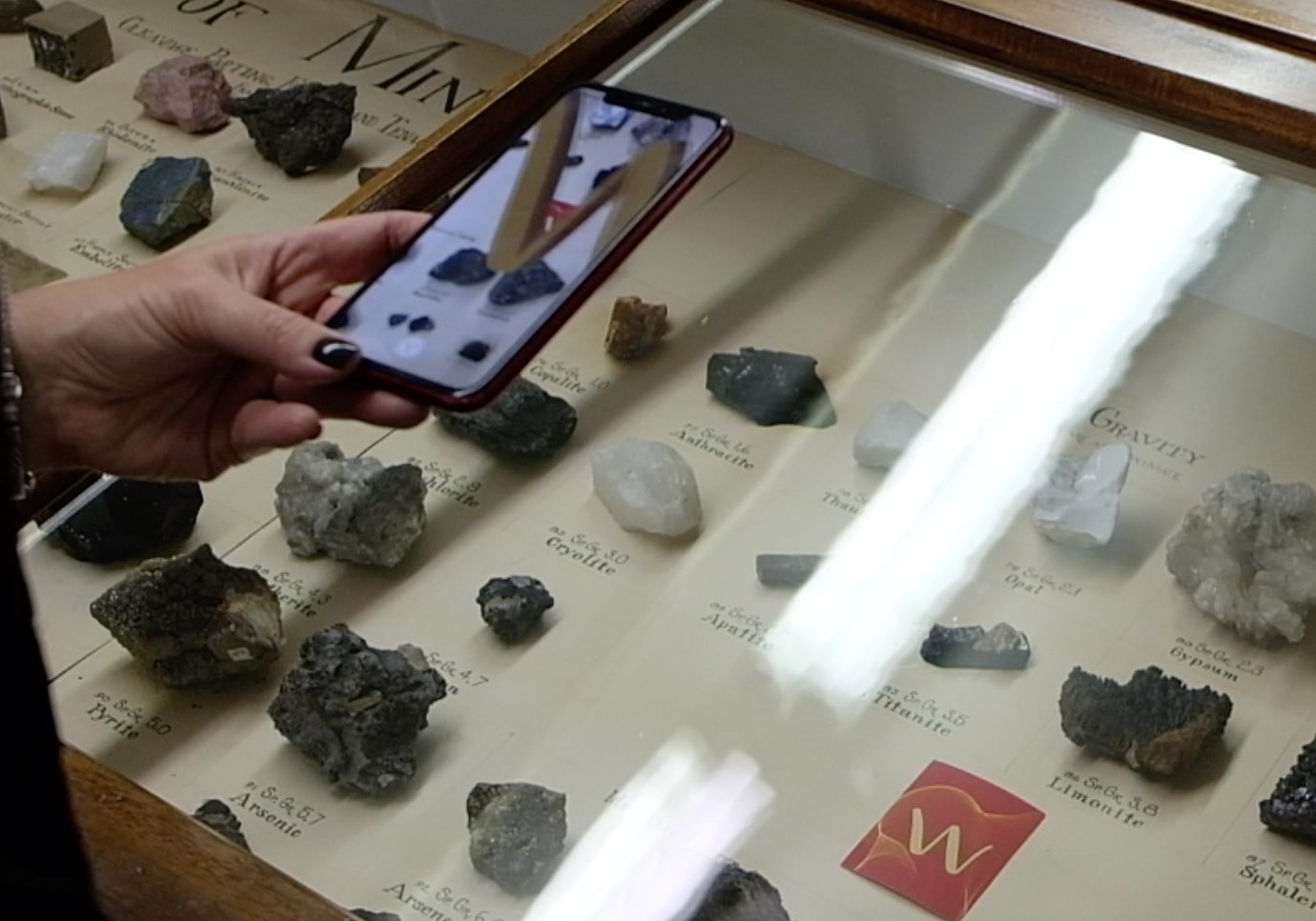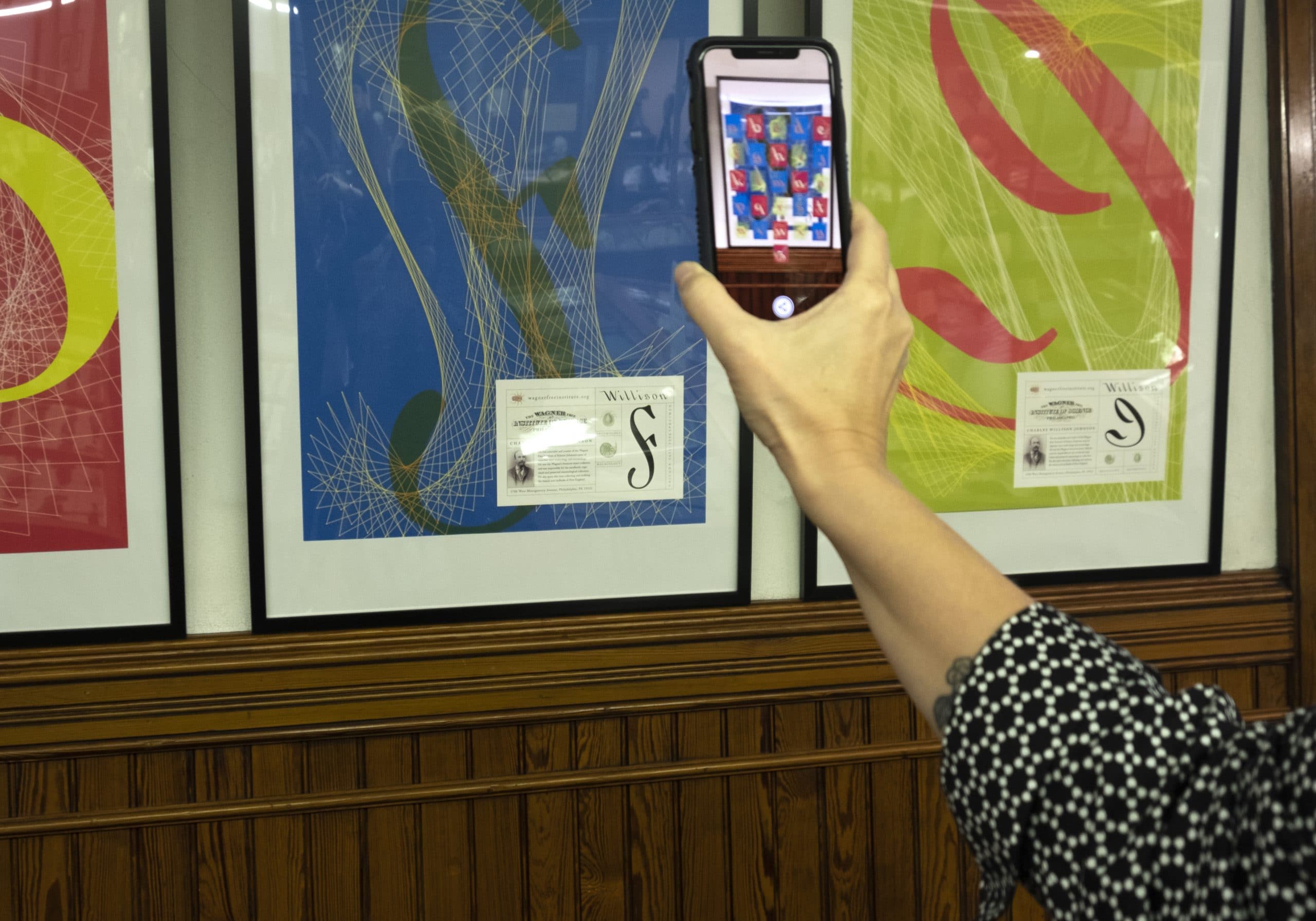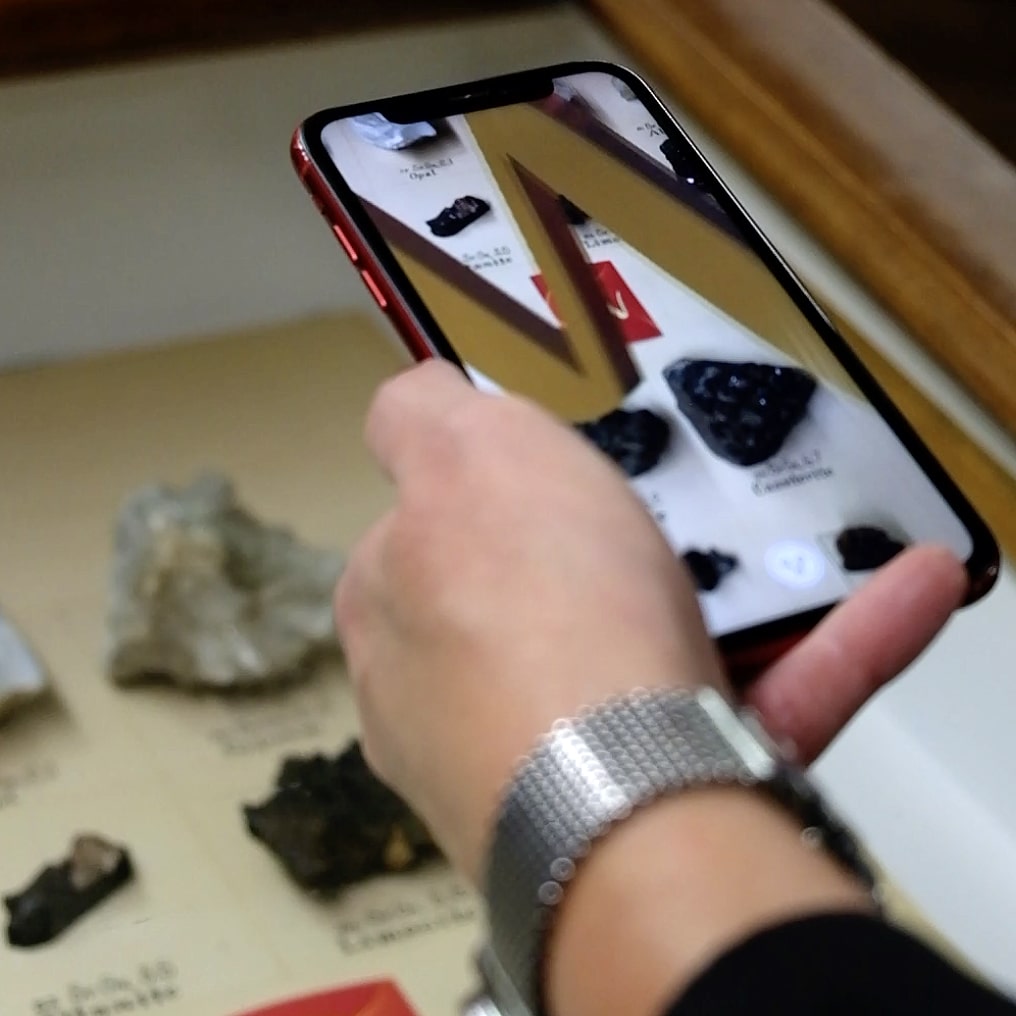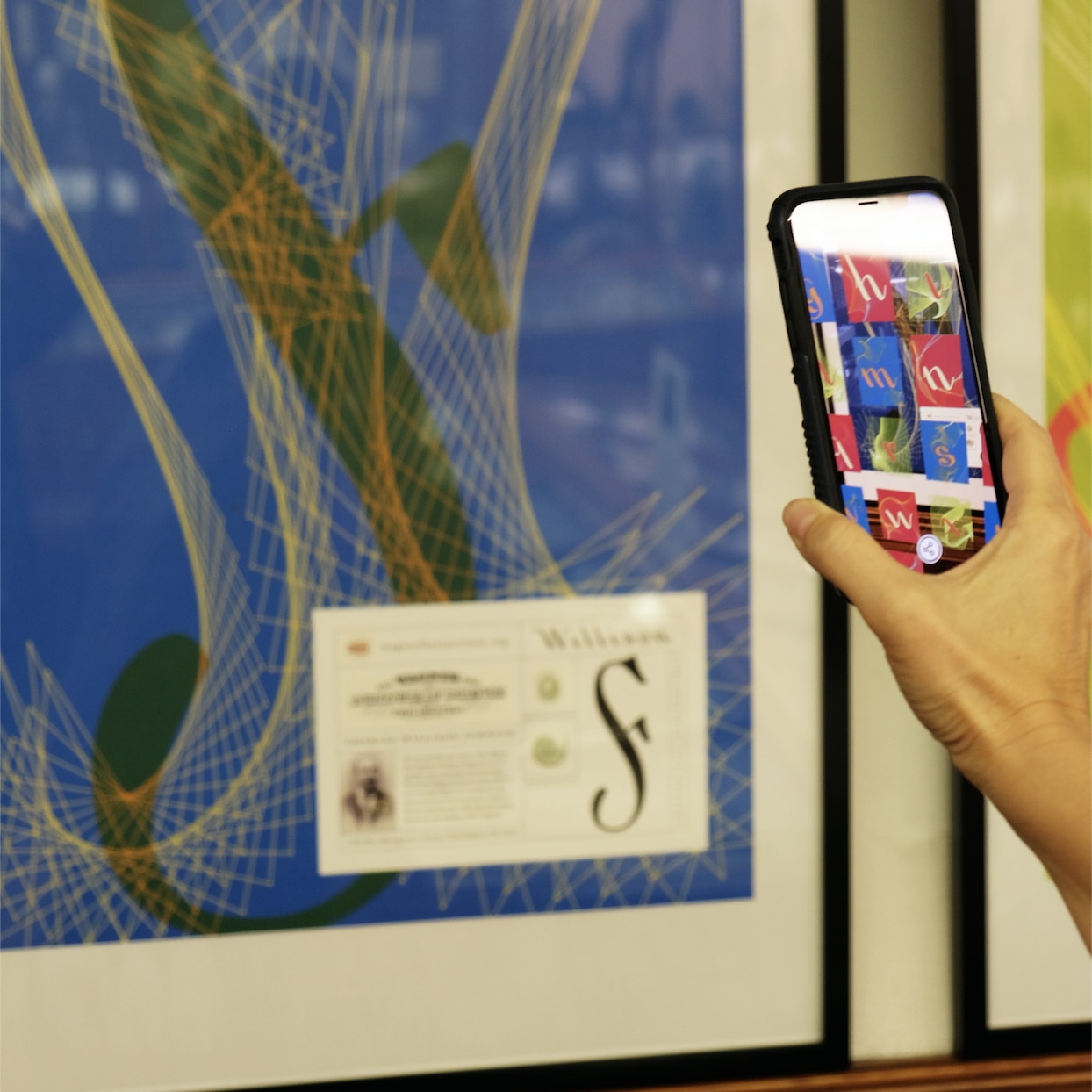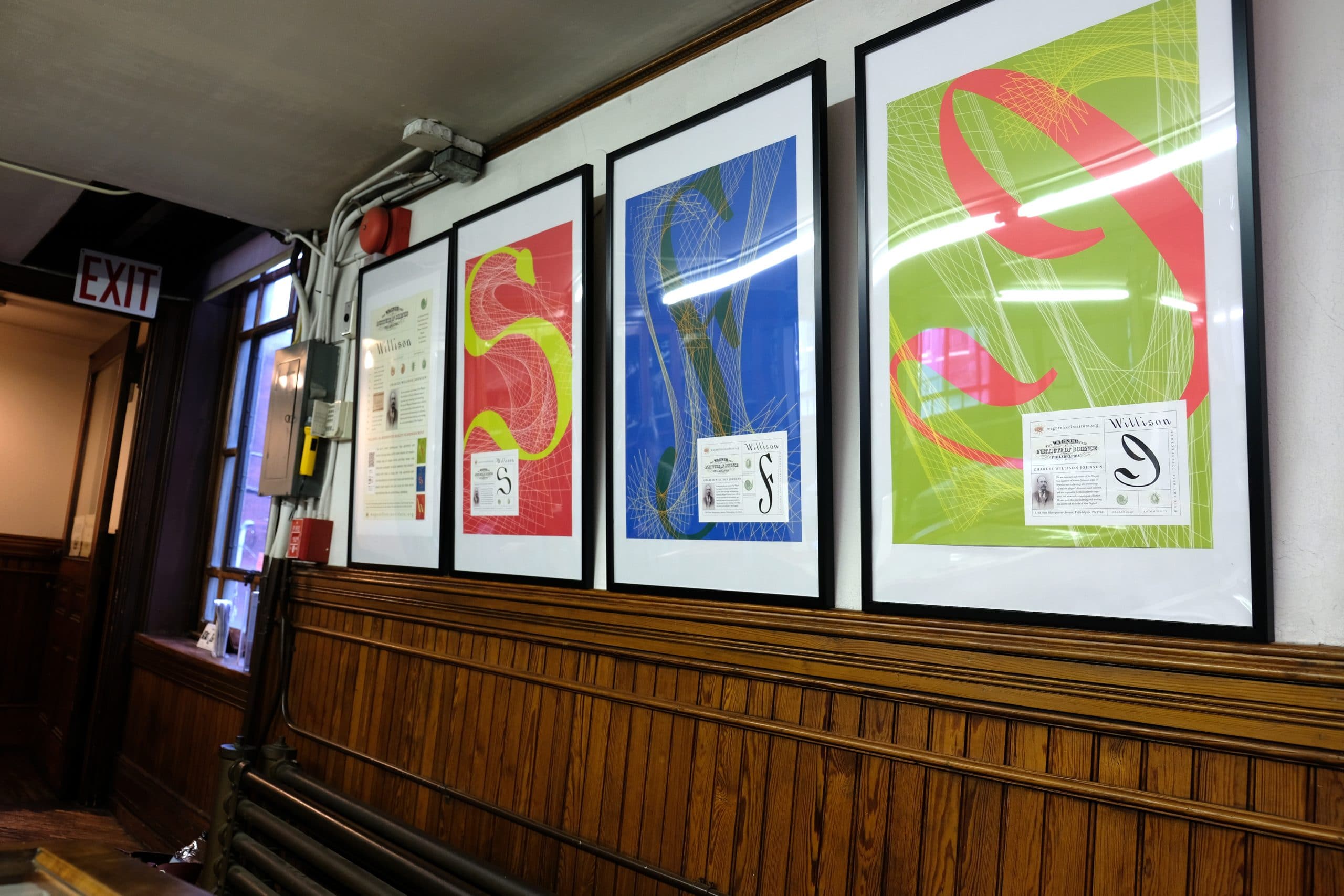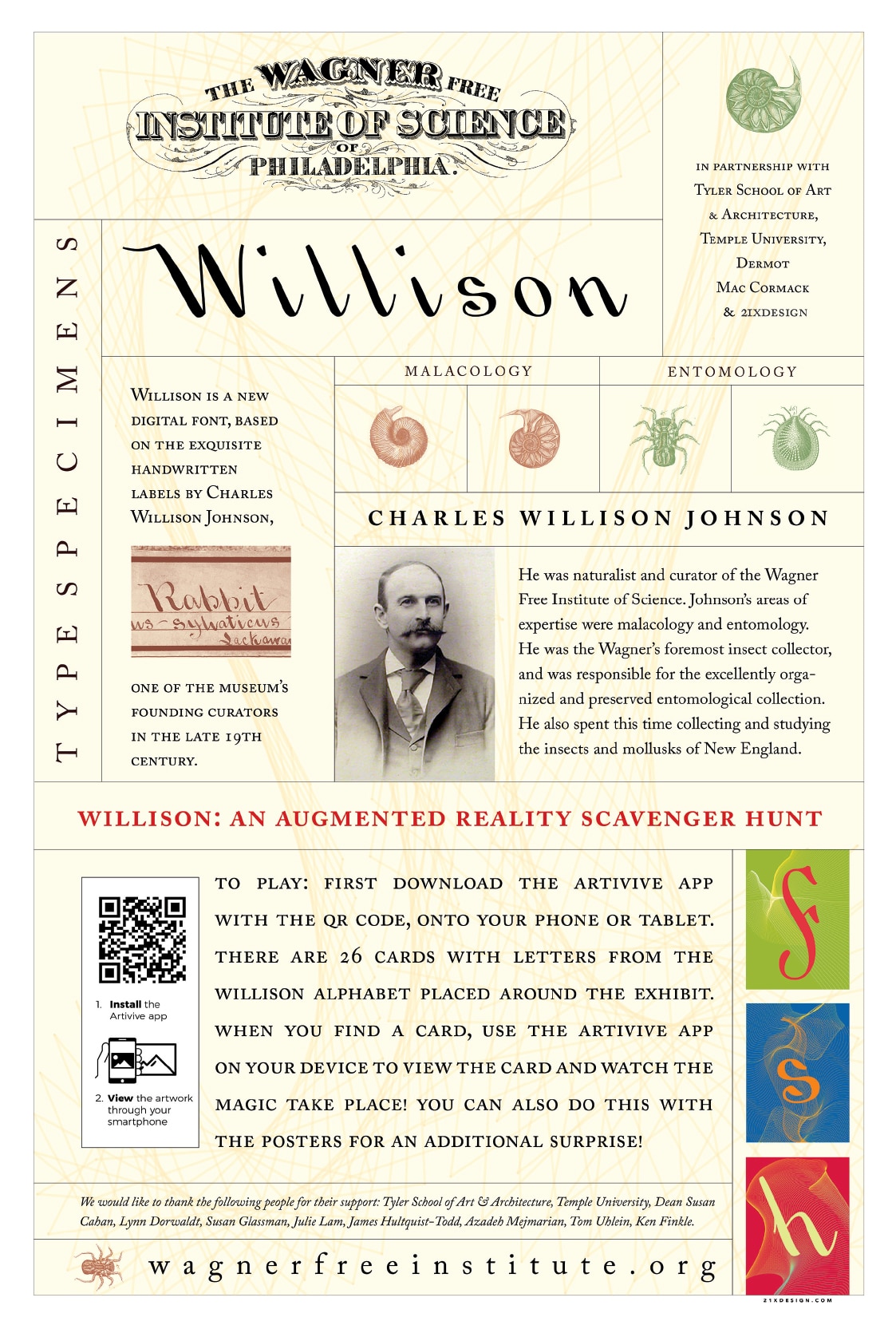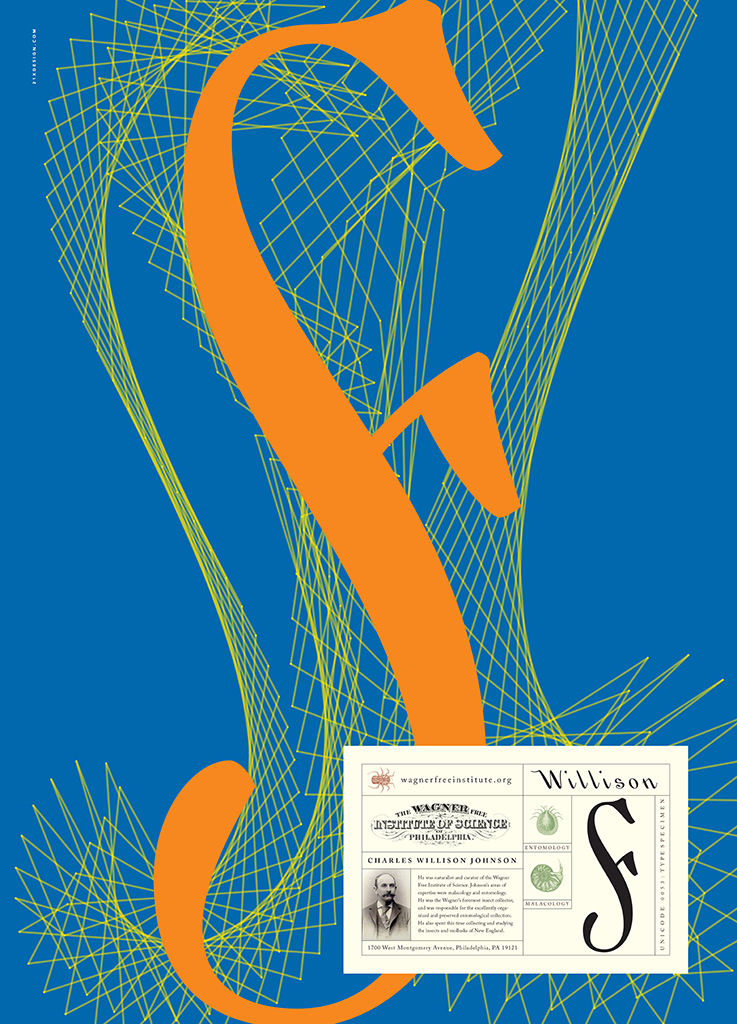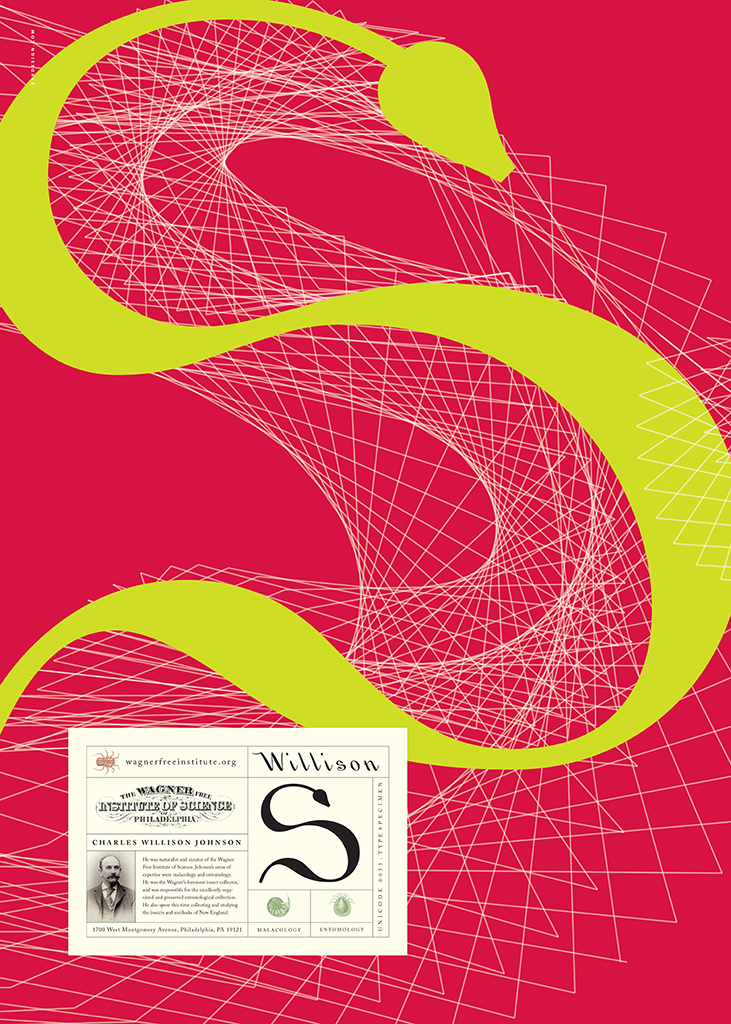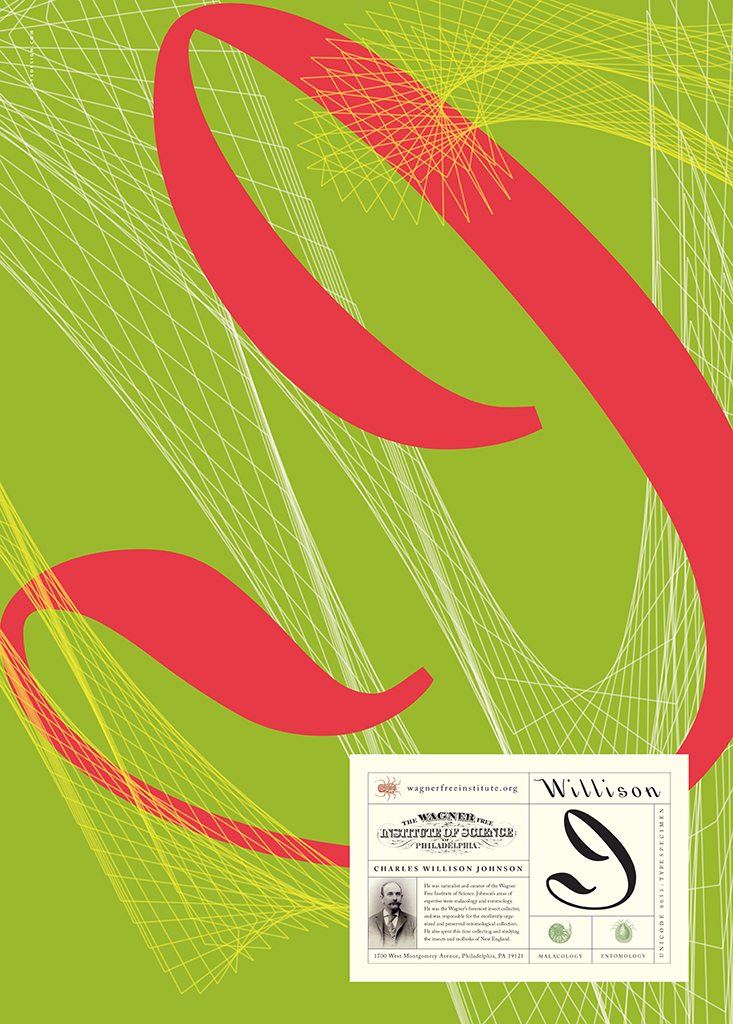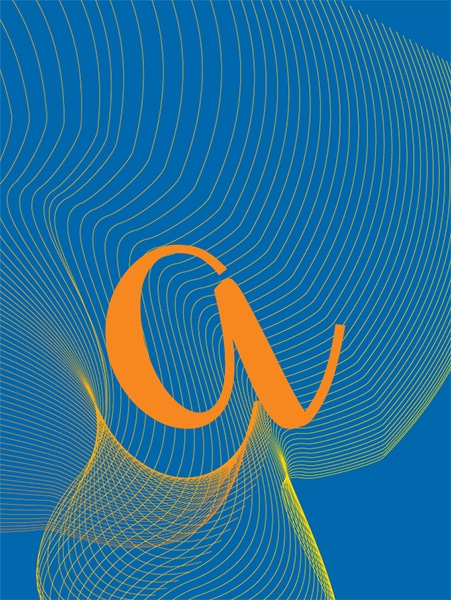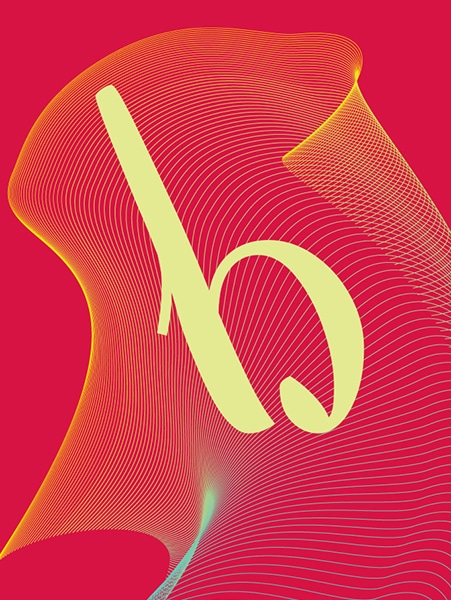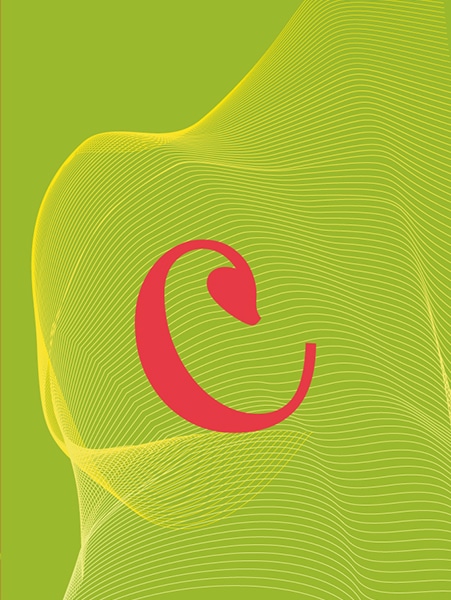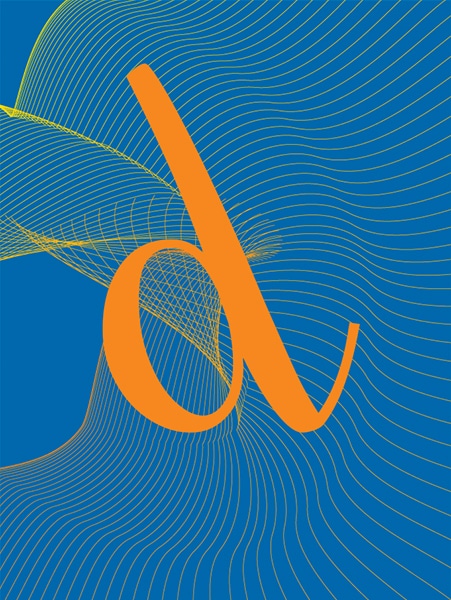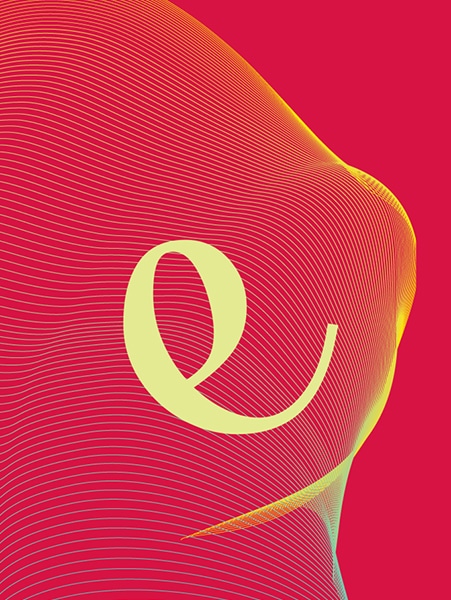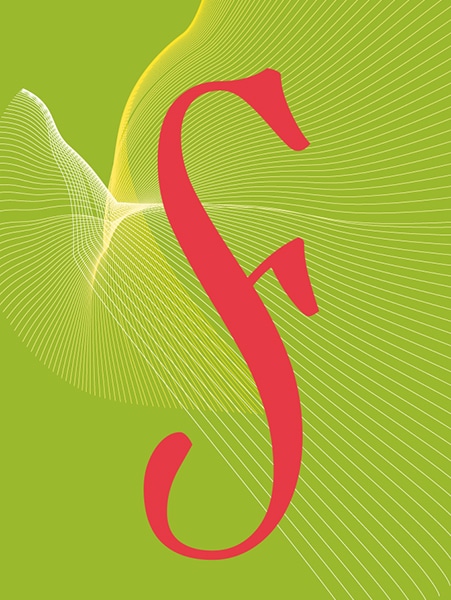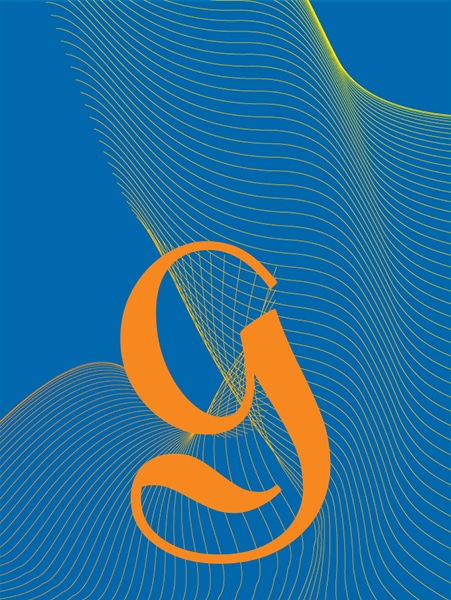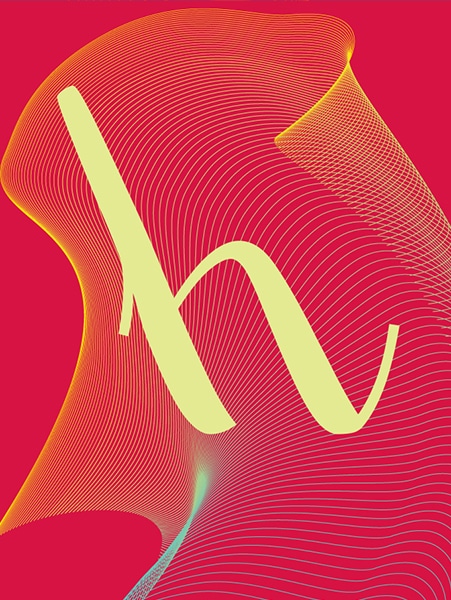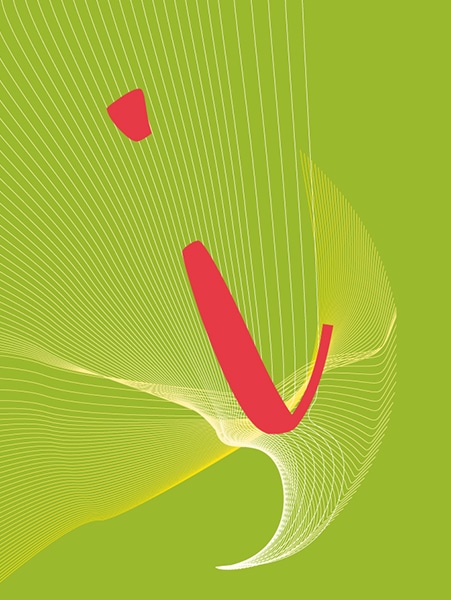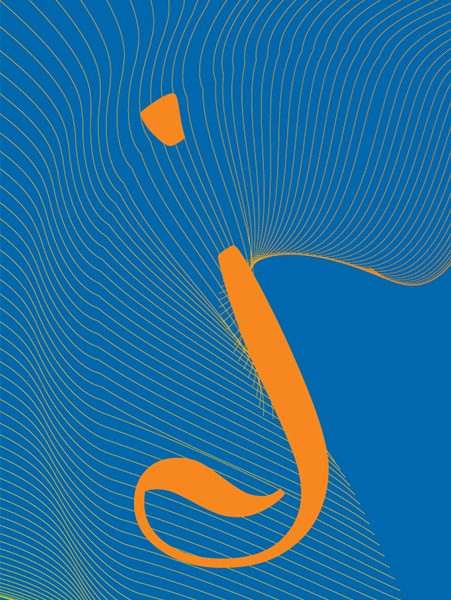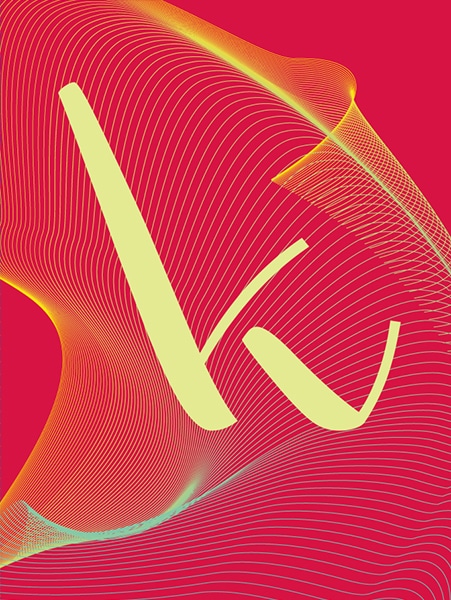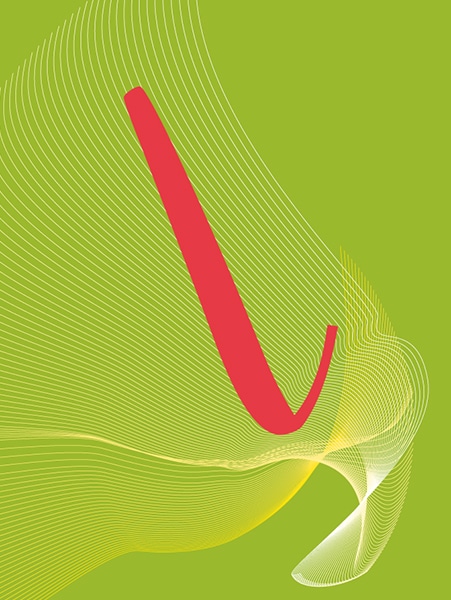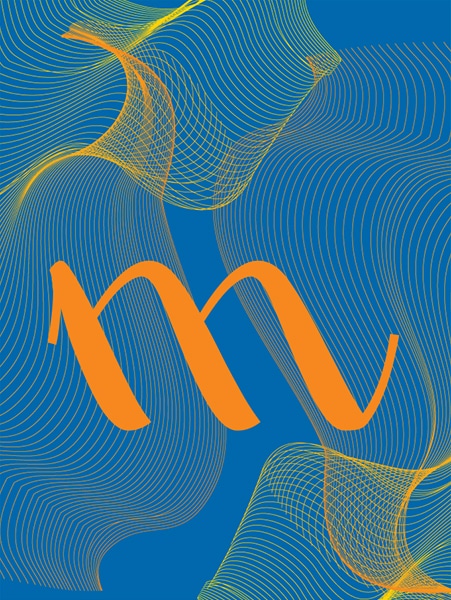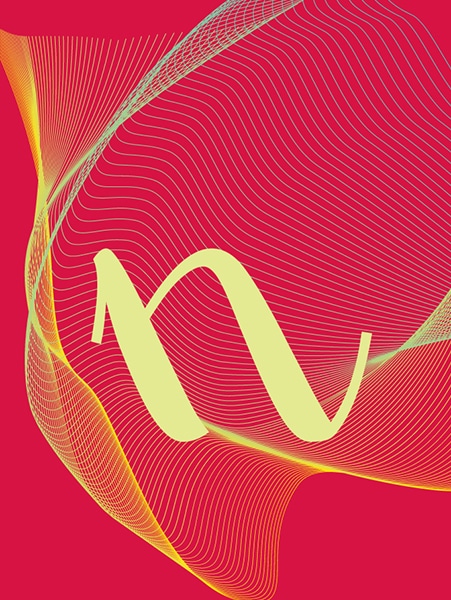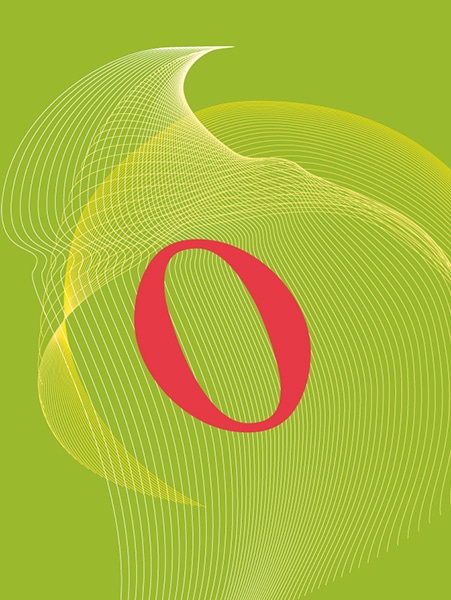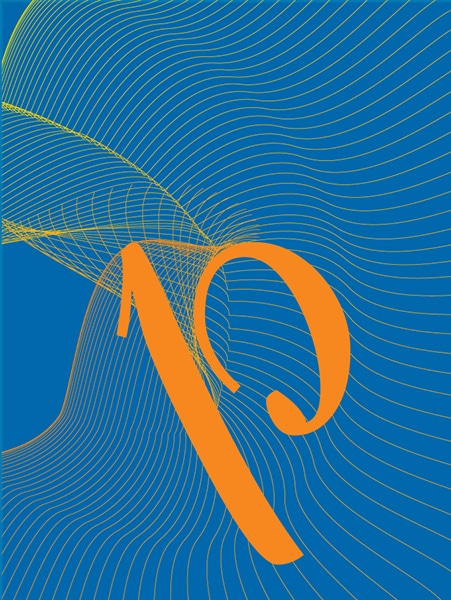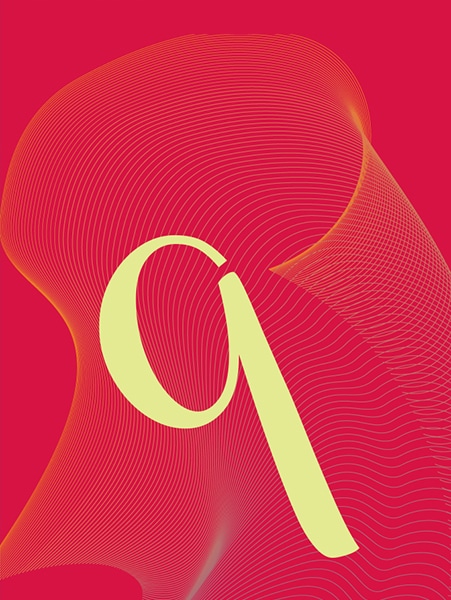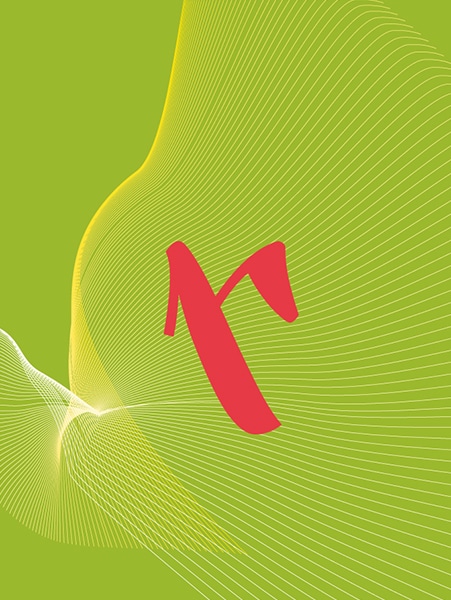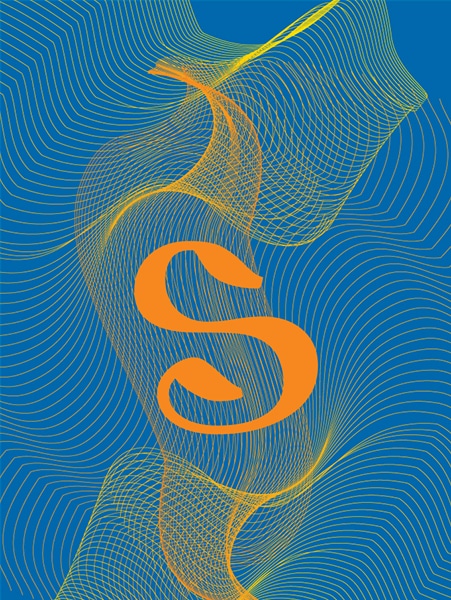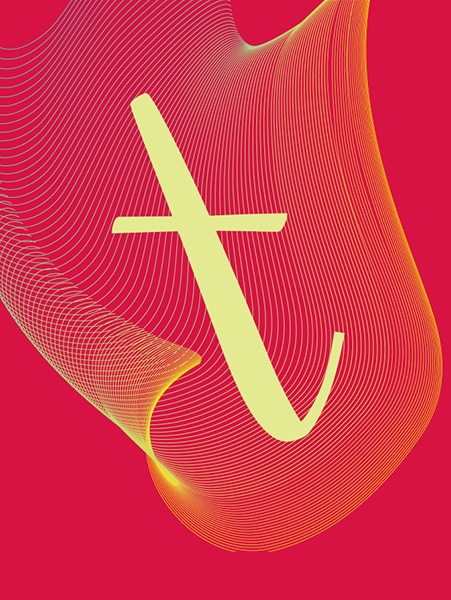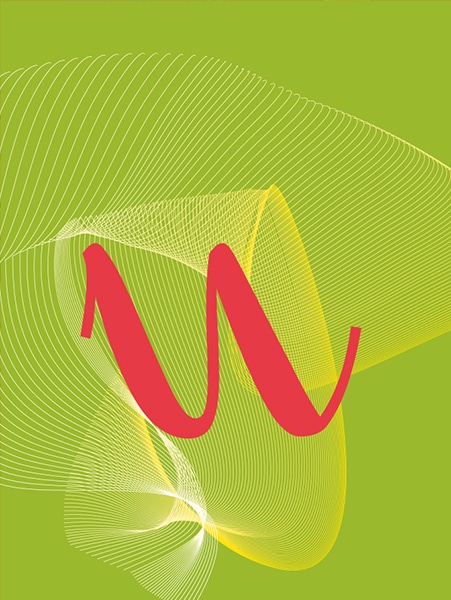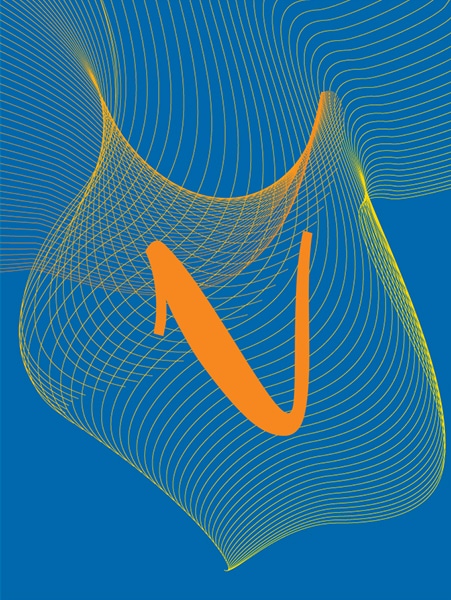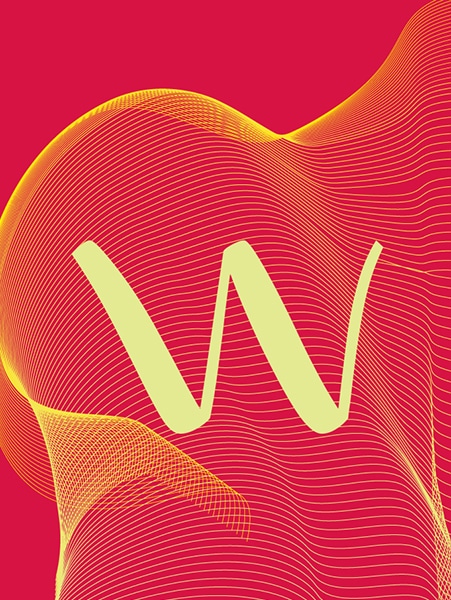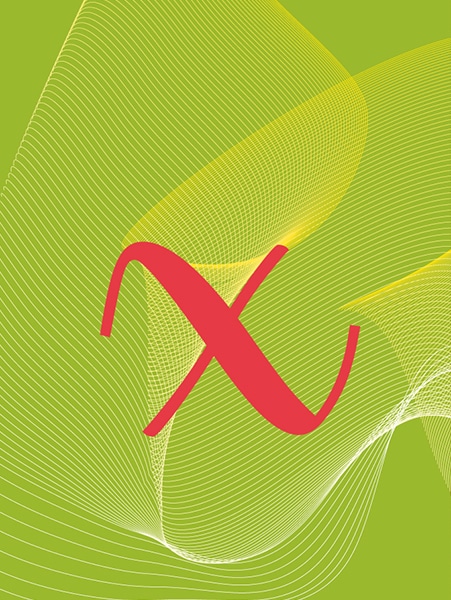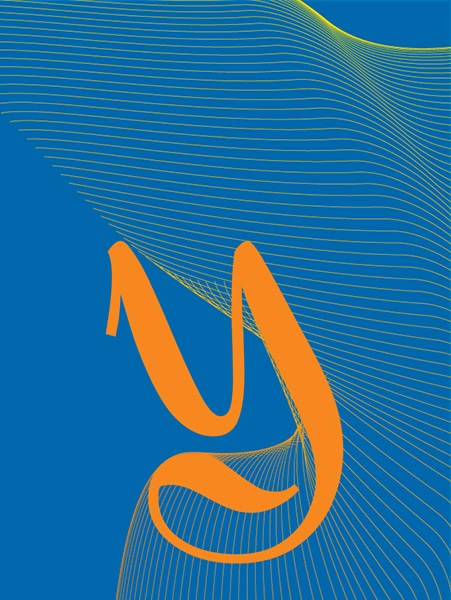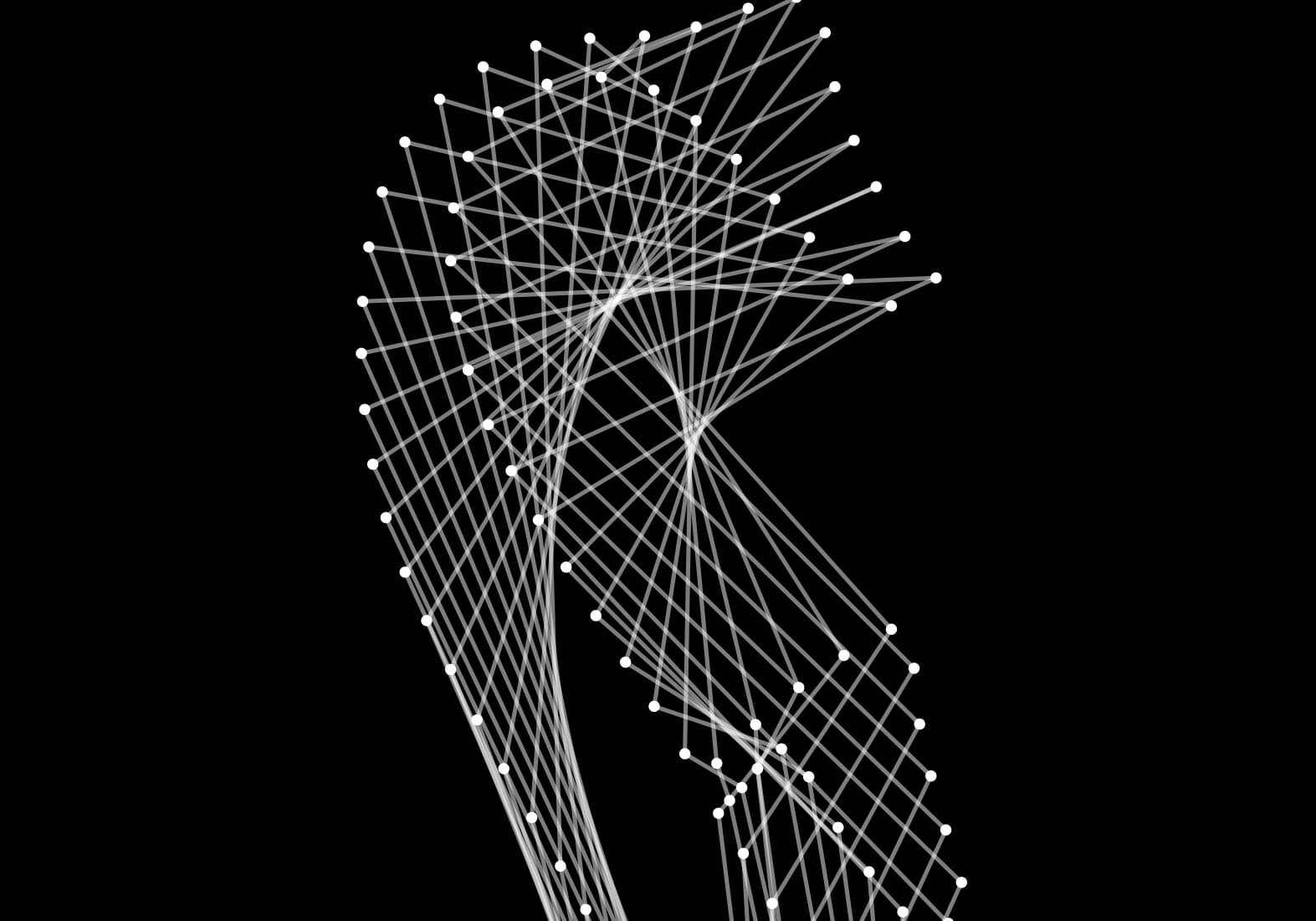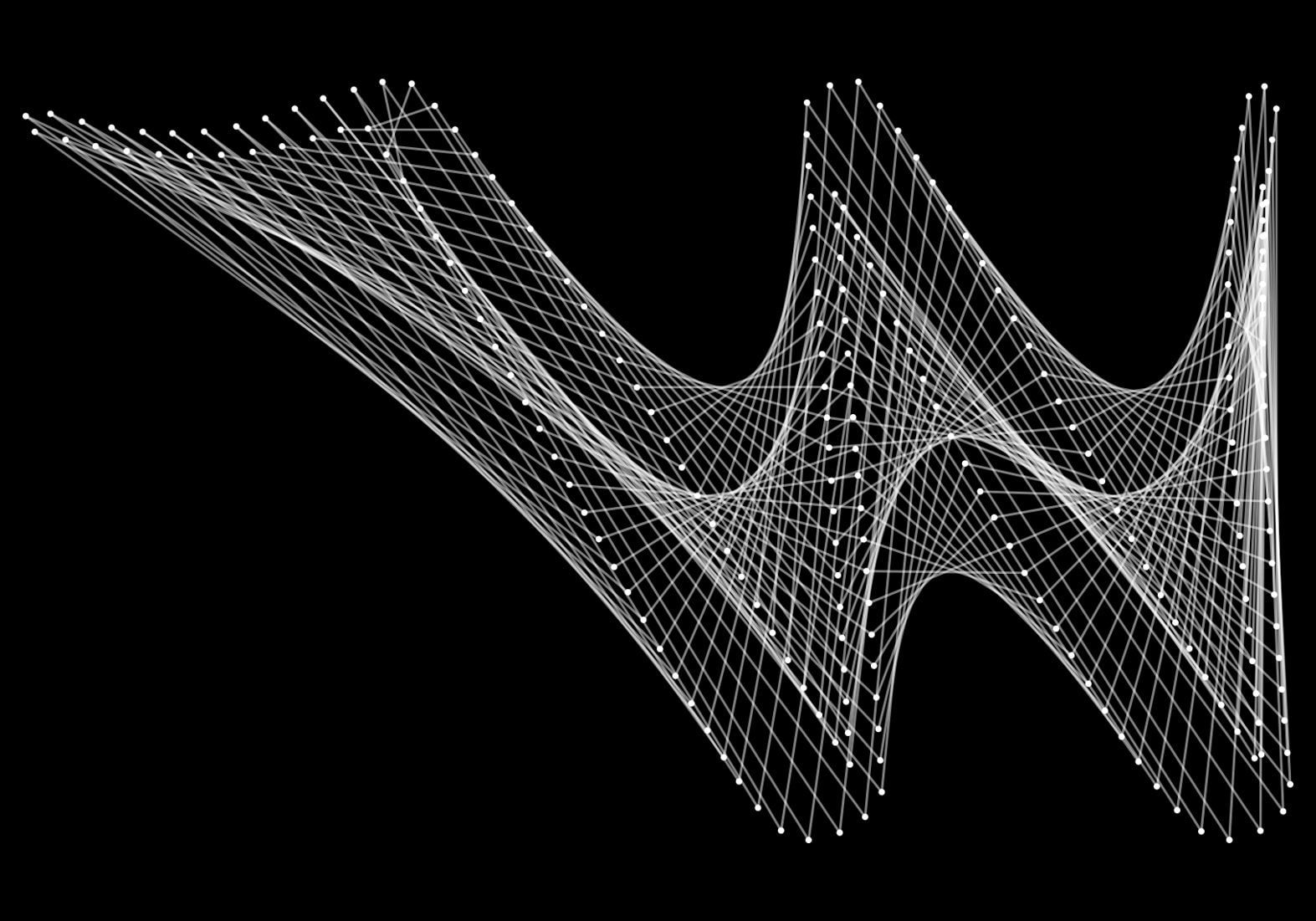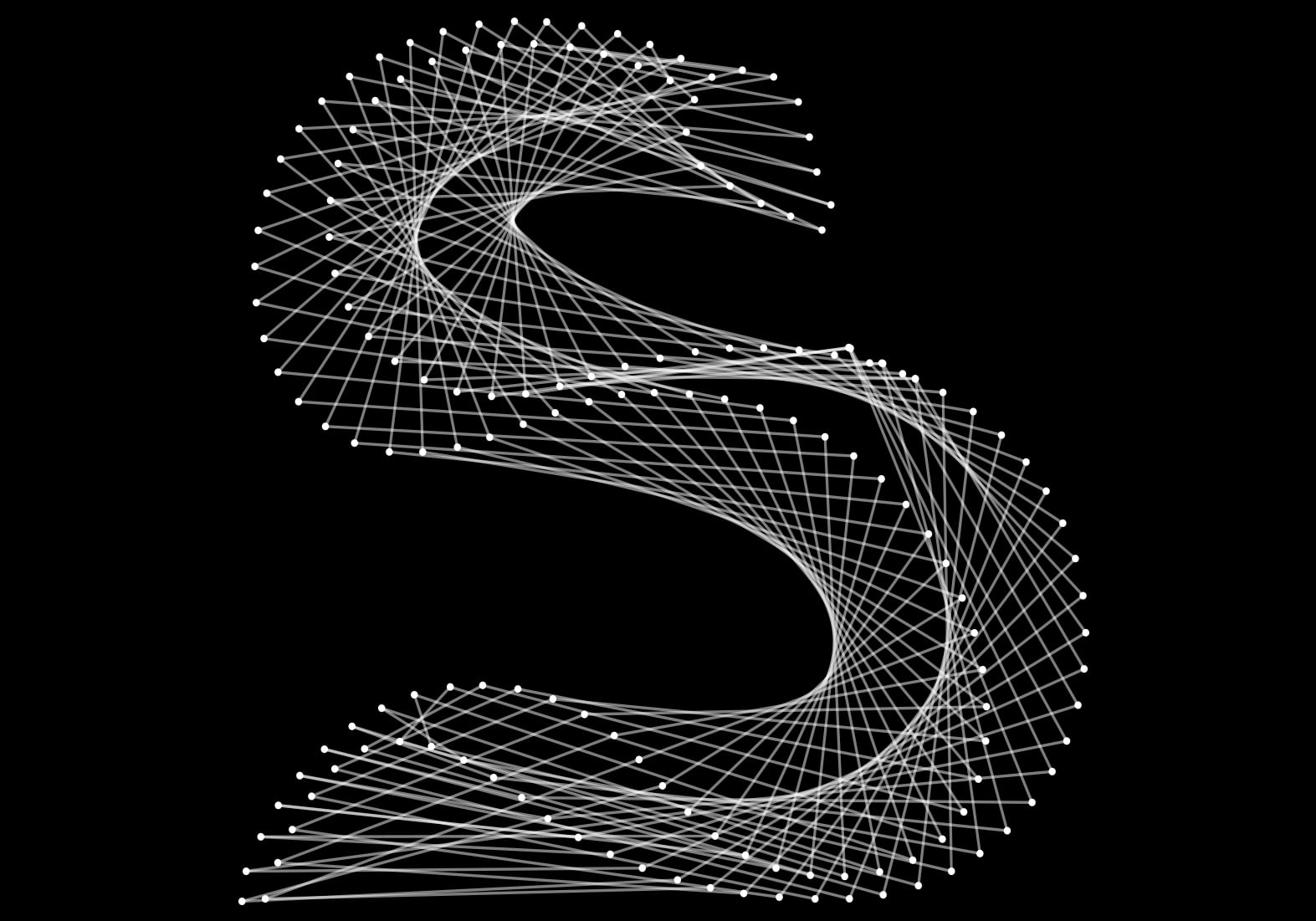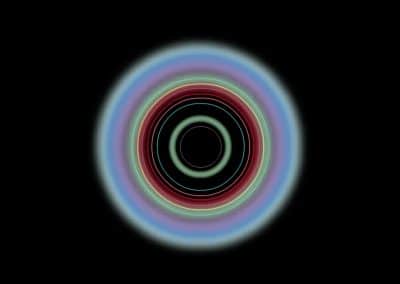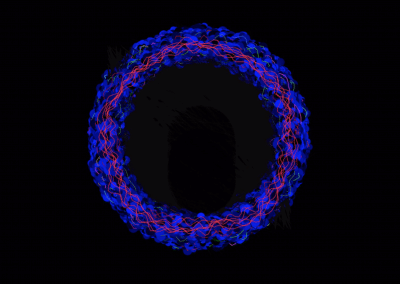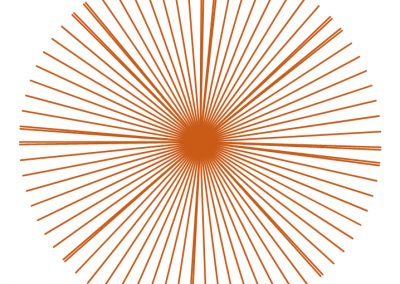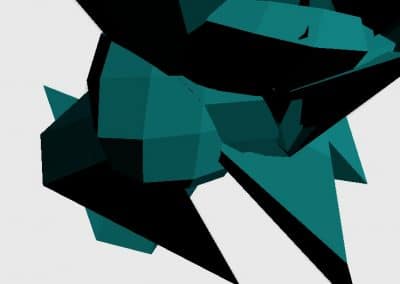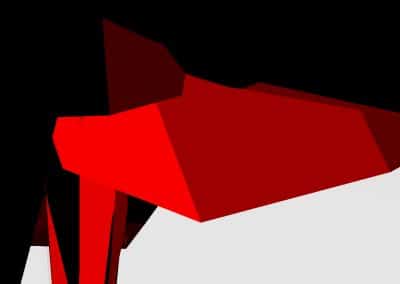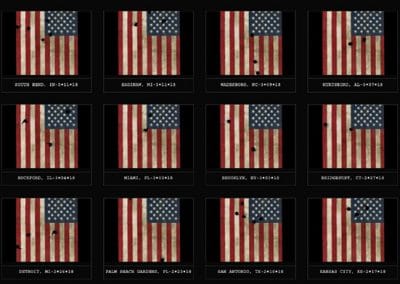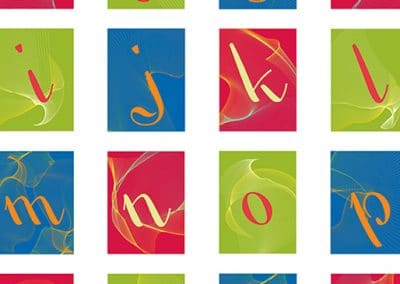Client:
The Wagner Free Institute of Science
Art direction:
Dermot Mac Cormack
Designer:
Dermot Mac Cormack
Patricia McElroy
Illustration:
Dermot Mac Cormack
AR Development:
Dermot Mac Cormack
Coding:
Dermot Mac Cormack
Copywriter:
Dermot Mac Cormack
Patricia McElroy
Lynn Dorwaldt
Typographic design:
Dermot Mac Cormack
Font production:
Dermot Mac Cormack
James Todd
Referencing archival hand-lettering from the collection at the Wagner Free Institute of Science, I designed a new digital font, Willison, based on the exquisite labels by Charles Willison Johnson, one of the museum’s founding curators in the late 19th century. While remaining true to the original unique hand-lettering in the collection, the Willison font exists as its own digital entity and is what’s known as a reverse italic font. The creation of the font led to the development of an in-person font “scavenger hunt” whereby children can visit the museum, and find the hidden examples of the letterforms dispersed throughout the museum. Once they discover the letters, they can view the letters through a phone (or the museum provides iPads) and see the letterforms jump to life via Augmented Reality (AR) technology that allows the viewer to see the letters spin in 3D above the glass of the individual cases. Visitors are encouraged to download the Artivive app prior to attending the exhibition or the museum can provide an iPad for viewing.
The exhibition opened with a presentation “Type Specimens: The creation of a digital font inspired by hand-lettering at the Wagner Free Institute of Science”. This presentation explored how the font came into being and revealed the process involved in creating a font inspired by the historic setting of the Wagner Free Institute of Science, one of Philadelphia’s hidden treasures.
The exhibition is now on permanent display at the museum, and hopefully, soon, children and adults will be able to return and explore this exhibit and the museum.
RECOGNITION:
Posters from this exhibition have received several awards and can be viewed in the poster section of this site here.
Type Specimens
Download the presentation for the Exhibition here to learn more about the process of creating the font “Willison”
Creating a font is definitely a labor of love and this project is no exception. The process is endlessly fascinating. From the initial research of the handwritten labels to editing the hundreds of photos taken of individual letters, to hand-drawing the initial rough letter tracings and then digitizing them in Illustrator before importing into Glyphs. And then the work of drawing, refining, and editing along the way of each letter is a tremendous amount of work but also I find it to be deeply satisfying. This was my first time using the Glyphs software to create my own font (I had used Font lab back in the 90s while creating fonts for Letraset, remember them?) and after I became more familiar with the Glyphs software I realized I could have probably simply drawn it all directly in the software, but you live and learn. The font is due to launch officially before the end of the year and will be available to purchase in the Museum Store at the Wagner and also online.
To view the process in detail, download the PDF to the left and you can view the presentation that I gave at the museum in 2019, which outlines the process and shows both the inspiration, the process, and the resulting font.
Shown below are the sample cards, using the lower case letters of the Willison font, as the “type specimens” within the cases.
Shown above are screen grabs from programmed animations, using Processing, from which the background images were created for the poster series above. Animations were captured and converted into .eps files that could be transformed into background patterns, using the Willson font as the original souce.

